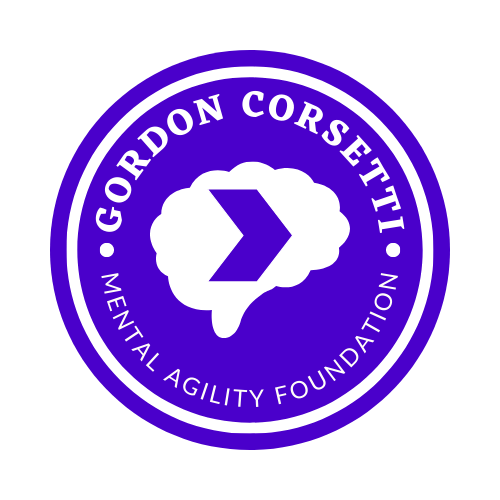Built-In Stigma
/The human brain seeks patterns. It catalogs. It stereotypes. Better organization leads to faster decision-making, and faster decision-making had an evolutionary benefit.
Red to yellow, kill a fellow. Red to black, friend of Jack. - good advice
If you have to recite a poem, stay away from the snake. - great advice
When an early hominid saw a striped, red and black snake, bite and kill a fellow member of their tribe, that experienced was added to the “stuff that will kill me” catalog. Best, then, to get away from reddish, slithery things first, and then assess any potential danger from a safe distance.
The hominids with more refined pattern recognition might have been skittish, but they left descendants.
Those who were slower to recognize the danger of reddish slithery things might have been more relaxed, but they died.
As a result, we are absurdly good at identifying what we think might threaten our well being. Much better to assume that something is dangerous, and be wrong and alive; then to assume that something is safe, and be wrong and dead.
What we don’t know might threaten us, best to be wary.
What we definitely know is a threat, best to get as much distance as possible.
The word quarantine comes from the Latin quadraginta, meaning “forty,” which was the amount of days a ship suspected of disease or infection was isolated. On a related historical note, quarantine was also a term used in the 1520’s to describe a “period of 40 days in which a widow has the right to remain in her dead husband's house." Okay, back to isolating scary things.
In times before effective antibiotics and anti-venom, getting ill or getting bit meant you had really good odds of dying, or living the rest of your life with a significant handicap. This is why we have the admonition:
An ounce of prevention is worth a pound of cure.
A common treatment for hysteria in the 19th century was confinement for an indefinite period. I will explore this profane treatment in more detail in a later post.
Now we have better resources to help the bitten, the infected, the sickly, and yes, that includes the mentally ill, but we are still frightened of the unknowns surrounding mental illness.
Will a paranoid schizophrenic have a break with reality on the subway?
Will an anxious spouse not be able to leave her home?
Will a depressive sibling fall into a pit of despair?
Unknowns are inherently frightening to us, and we only hear the worst stories about extreme cases of behavior caused by an ill mind. So we catalog and stereotype.
One poor experience, or one scary story about someone with a severe mental illness is enough to want to stay far away from all forms of mental illness. After all, those crazy people could be a threat to your safety. Better they are confined to hospitals and homes so they don’t pollute the healthy population.
The more we discuss mental health as just health, the more we tell stories of persistence and accomplishment, the more we focus on healthy human flourishing, the sooner we can rise above our baser instincts.





